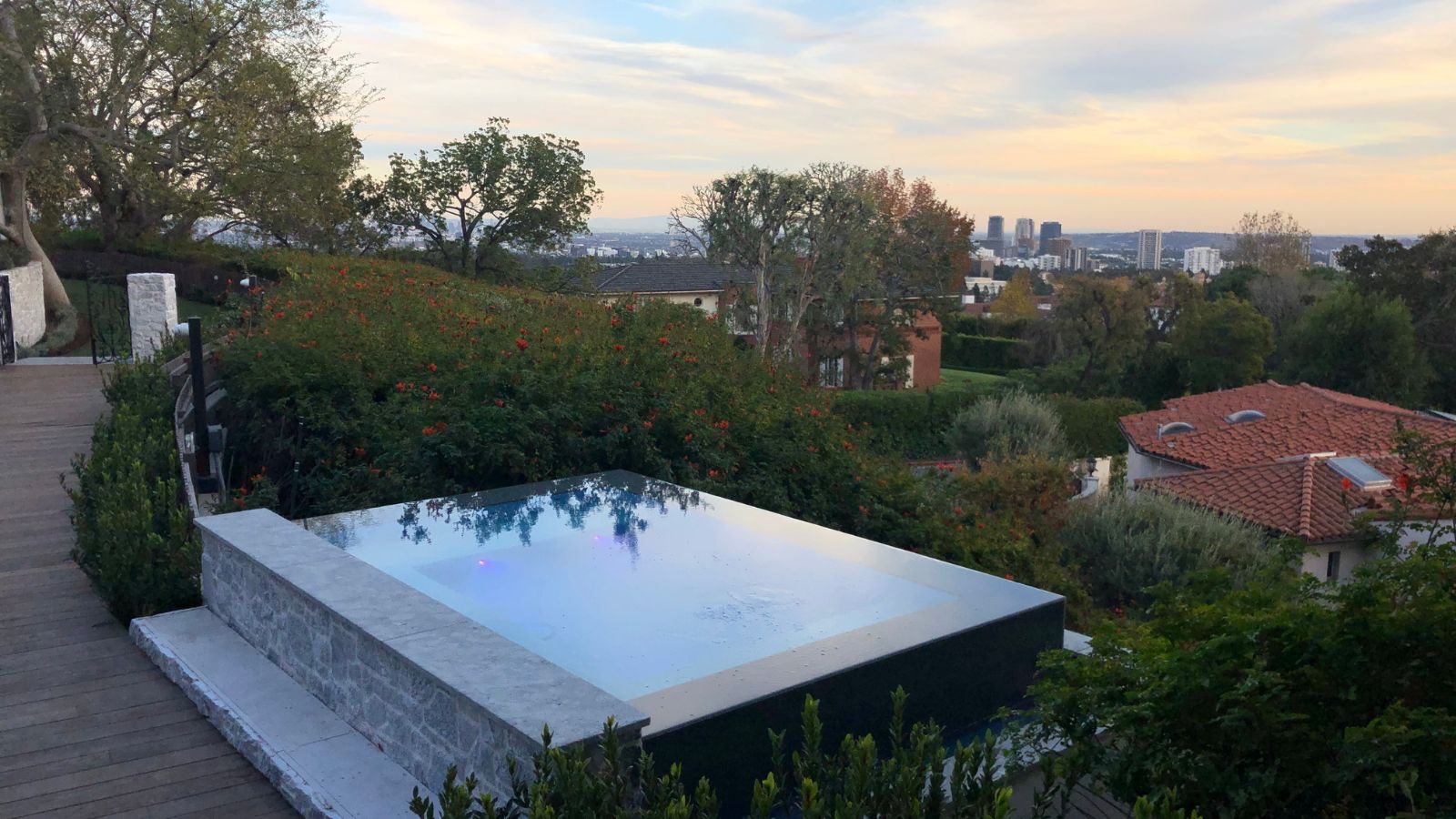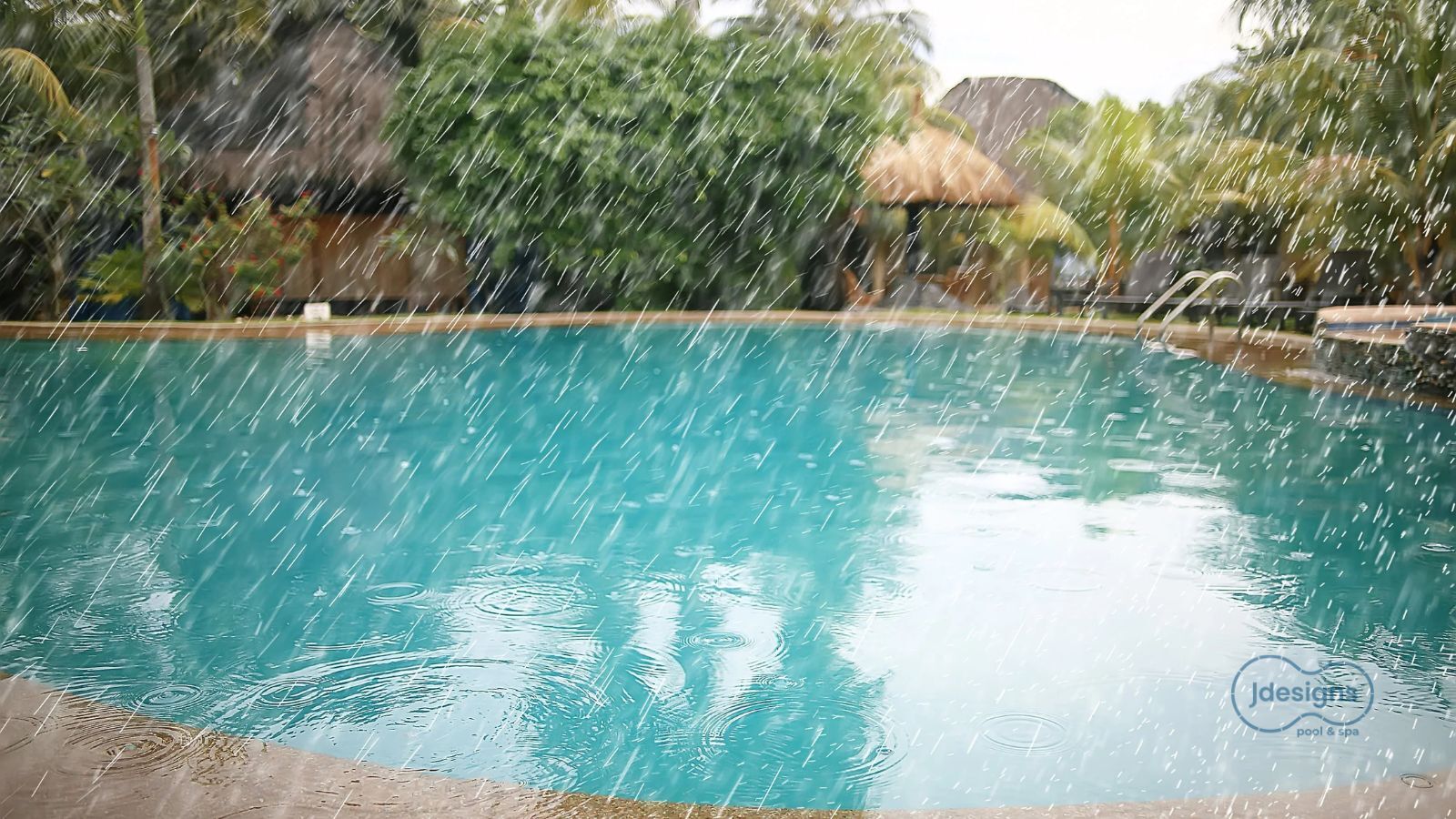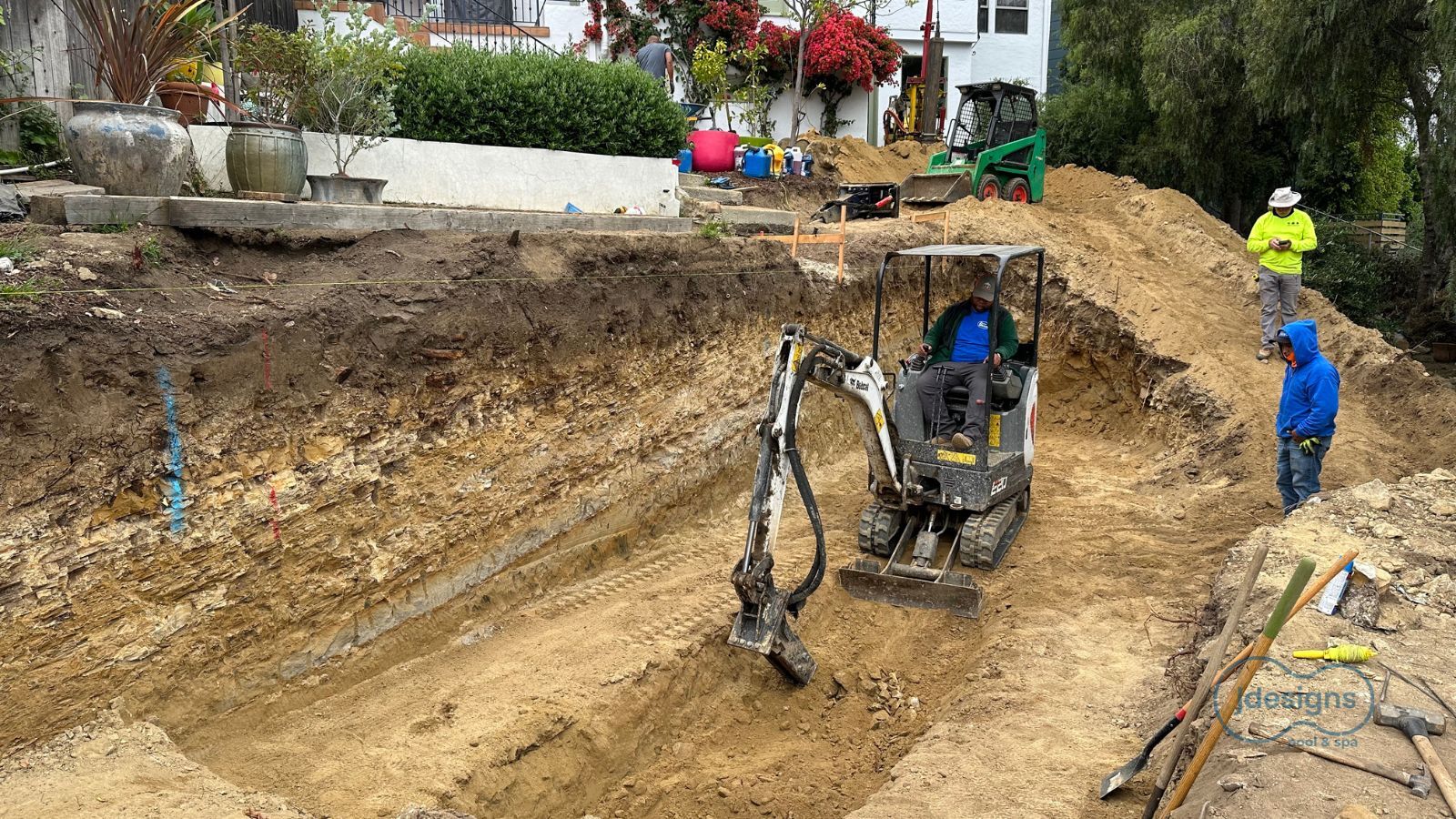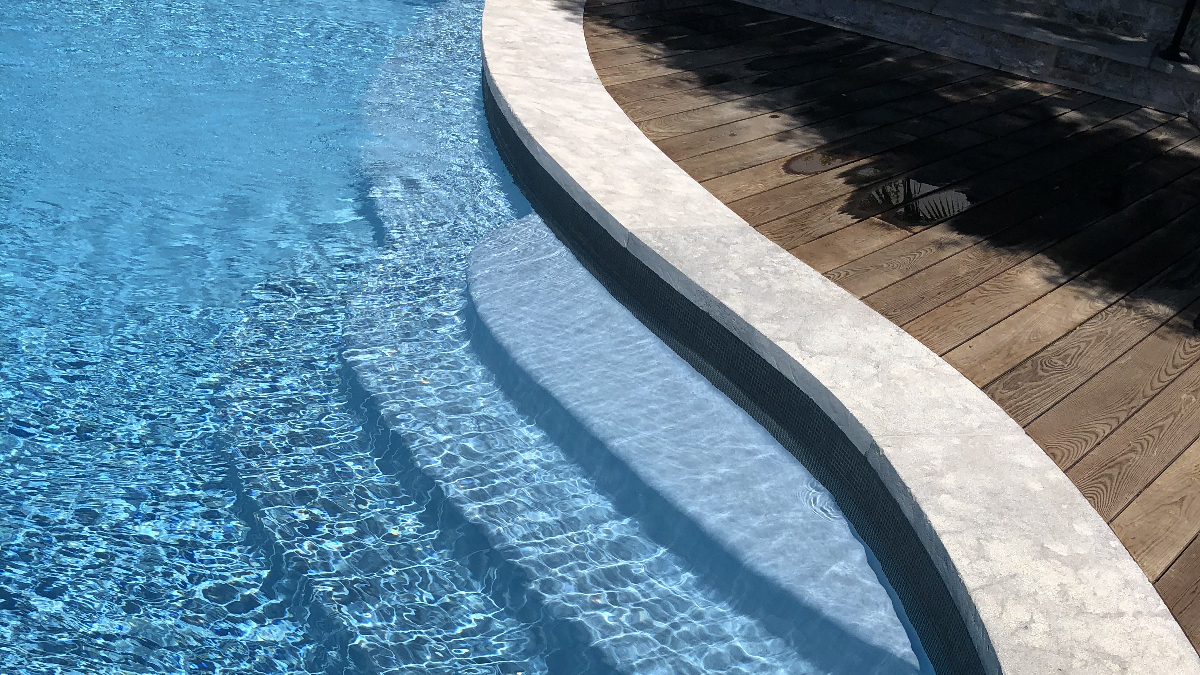Is Your Pool Ready for the Next Storm? How to Prevent the pool to Overflow
Pool Overflows After Heavy Rain and How to Lower Your Pool's Water Level

If you've ever walked outside and found your pool mysteriously low — or if you're refilling it more often than seems normal — you're not alone. These are common concerns for pool owners. And if you're in the planning phase of a new pool, understanding how to control your water level is more important than ever.
In this article, we’ll break down the two key components that control your pool’s water level — the autofill and the fill switch — and how today’s smart pool automation systems are helping homeowners eliminate waste, detect leaks early, and gain peace of mind.

An autofill system is a device that automatically adds water to your pool when the water level drops too low — much like how a toilet tank refills after each flush.
Traditionally, this has been handled by mechanical float systems installed in a canister next to the pool. They’re simple in design but come with serious drawbacks.

A fill switch is the component that triggers the autofill system to turn on or off. In mechanical setups, it's usually a float. In smart systems, it’s often a sensor or timer even an irrigation celenoid, that activates based on pool usage and environmental conditions like evaporation.
A faulty or inaccurate fill switch can overfill your pool — or fail to refill it altogether. Either way, you're risking equipment damage and a higher water bill.

When I was a kid, the only way we knew the pool needed water was when the pump started screaming — a sound we later learned was called cavitation. That happens when the pump runs dry because the water level falls below the skimmer.
Cavitation significantly shortens the life of your pump.
Back then, we’d grab a hose or rely on those old-school autofills. But those systems came with a lot of hidden risks:
These systems work blindly and can secretly cost you money and harm your pool equipment.
.jpg?width=640&height=480&name=Autofill%20Horizontal%20Blog%20Visual%20(2).jpg)
In any pool system, it’s essential to protect the potable (drinkable) water supply from contamination. This is where backflow prevention becomes critical — and it’s also a requirement under most local plumbing codes.
Backflow is the unwanted reverse flow of water — or a mixture of water and other substances — into the clean water supply. It can carry contaminants like chlorine, pool chemicals, and bacteria back into your home’s or community’s drinking water.
There are two main conditions that cause backflow:
Backsiphonage: This occurs when negative pressure (a vacuum) in the water supply line pulls water from the pool system back into the drinking supply. Common causes include broken pipes or high water withdrawal rates.
Backpressure: This happens when the pressure in your pool plumbing system exceeds that of the supply line, pushing pool water — and potentially contaminants — back into the potable source. Pumps, heaters, or elevation changes can all cause this.
To prevent contamination, plumbing codes require the use of backflow prevention devices, especially at points where cross-connections exist.
There are two types of backflow preventers, depending on the elevation of your pool relative to the water supply:
Every pool system that connects to a drinking water supply must be equipped with a properly installed backflow preventer — not just for legal compliance, but to protect your family and your neighborhood from serious water quality risks.
Today’s automated pool systems integrate water-level control with real-time tracking and intelligent alerts — all accessible from your smartphone or tablet.
Smart autofill technology gives you control and insights mechanical systems never could.

This level of automation means your pool runs more efficiently, safely, and sustainably — while also protecting your investment.
If you're considering installing a pool or already have an older autofill system, now is the ideal time to look into smarter solutions.
Autofill systems are only effective when they’re accurate — and monitored.
If your current setup is overfilling or hiding a slow leak, it's silently costing you time, money, and water.
.jpg?width=179&height=239&name=autofill%20Vertical%20Blog%20Visual%20(1).jpg)
Now you understand what autofill systems and fill switches do, how they fail, and why modern automation is the solution.
If you’ve dealt with inconsistent water levels, surprise water bills, or pump failures — you’re not alone.
Consider upgrading your pool with a smart automation system that gives you control, efficiency, and peace of mind.
Since 2008, J Designs has helped homeowners modernize their pools with technology that protects their investment and conserves resources. Check out our next article: Are Pools a Waste of Water?

Pool Overflows After Heavy Rain and How to Lower Your Pool's Water Level

The Hidden Soil Risks That Can Destroy Your Pool and Budget Why a Proper Soils Exploration Is Critical Before Building a Pool: A homeowner’s guide to...

Why Pool Coping Fails - How to Avoid Expensive Repairs If you’re planning a new pool or renovating an older one, it’s completely normal to feel...